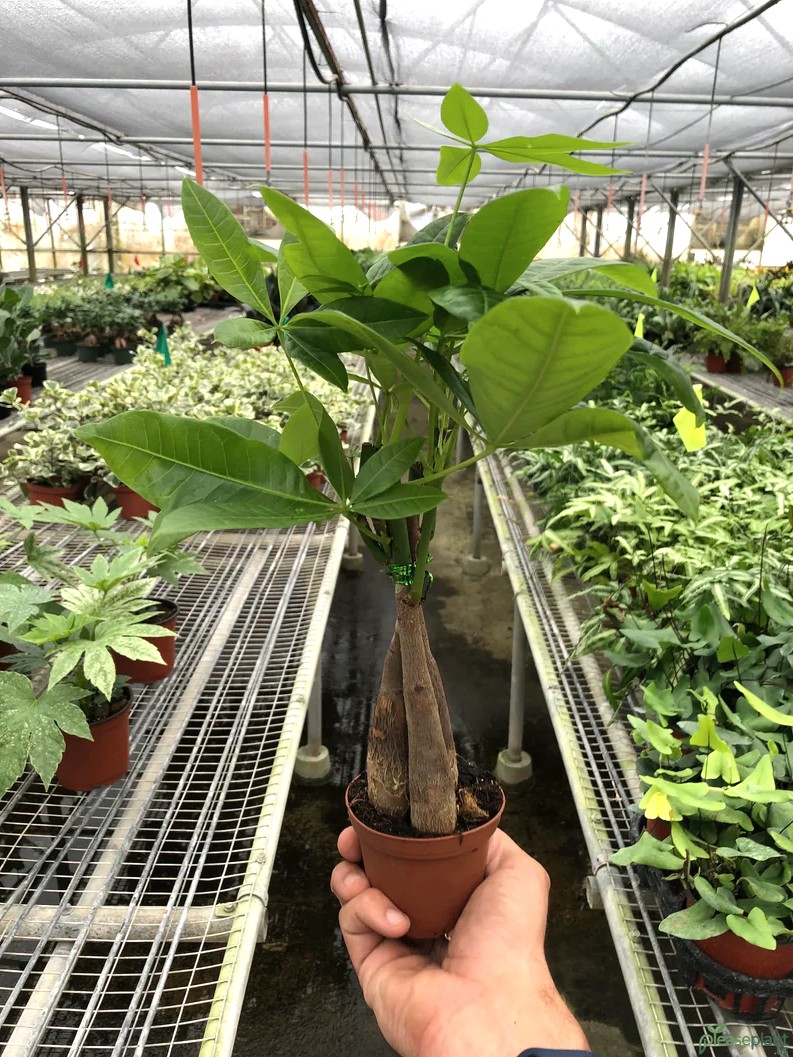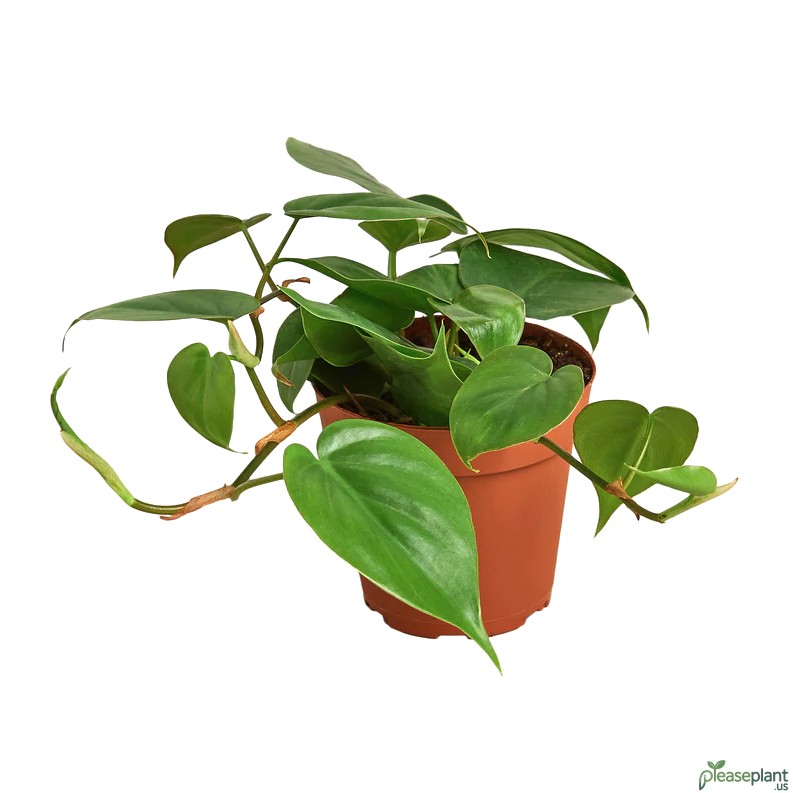Ever wondered why your Maranta Lemon Lime plant sports tiny leaves? You're not alone. From light conditions to watering quirks, several factors stunt leaf growth. Let's unpack the mystery behind those miniature leaves and share practical tips to boost your plant’s health and size. Whether it’s light, humidity, or soil, I’ll tell you what worked for me after years of growing these beauties. If you want your Maranta Lemon Lime to flaunt big, vibrant leaves, you’re in the right place.
The Tale of Tiny Leaves
So there you are, admiring your Maranta Lemon Lime plant, and bam! Those leaves look like they’re stuck in baby mode. It’s frustrating, right? I’ve been there, watching my plant struggle to grow anything but tiny foliage. What’s going on? Well, first things first, tiny leaves usually mean your plant’s unhappy with its environment. And trust me, this isn’t just about watering or sunlight — it’s a whole cocktail of factors.
Light: The Hidden Culprit
Marantas are picky about light. Too much direct sun? Leaves get scorched, turning brown and crispy. Too little light? Leaves stay small and pale. The Lemon Lime variety is especially sensitive, craving bright but indirect light. I once had mine near a south-facing window, thinking it’d thrive there. Nope. Leaves barely grew past a few centimeters. Moving it behind a sheer curtain did the trick. Now the leaves stretch out wide and flaunt their vibrant lime hues.
Watering Woes
Watering your Maranta Lemon Lime isn’t just about keeping soil moist. Overwatering leads to root rot, under-watering causes stress, and both stunt leaf growth. I admit, I sometimes drowned mine, thinking it needed constant hydration. Big mistake! The soil should be moist but not soggy. Tip: use a pot with drainage holes and water only when the top inch feels dry. Your plant will thank you with bigger, healthier leaves.
Humidity: The Unsung Hero
These tropical beauties love humidity. Low humidity means dry air, and that makes leaves curl and shrink. I live in a dry climate, and my Maranta’s leaves were tiny and sad until I invested in a small humidifier nearby. Alternatively, grouping plants together or placing a tray of water under the pot helps. You’ll see the difference — leaves’ll puff up and look lush.
Soil and Nutrition
Marantas aren’t too fussy about soil but prefer well-draining, rich organic mix. Poor soil? Leaves stay stunted. I once used regular potting soil straight from the bag—bad idea. I switched to a mix with peat moss, perlite, and compost, and the leaves grew like crazy. Fertilizing once a month during growing season with a balanced, diluted fertilizer can also boost leaf size and overall vigor.
Pot Size and Root Space
Cramped roots mean cramped leaves. If your plant’s pot is too small, roots get rootbound" class="text-primary hover:underline">rootbound, and leaf growth slows. I noticed my Lemon Lime’s leaves stayed tiny until I upgraded to a slightly bigger pot. Don’t go huge all at once, but a pot just an inch or two larger can make a world of difference.
Final Thoughts
So, why are your Maranta Lemon Lime leaves tiny? Probably a combo of light, water, humidity, soil, and pot size. Tweak these variables, and you’ll soon see leaves bursting out full-size and vibrant. Remember, patience is key — these plants take time to show their best. But once they do, oh boy, they really light up your space with their striking colors and patterns. Keep at it, and those tiny leaves will be just a memory.

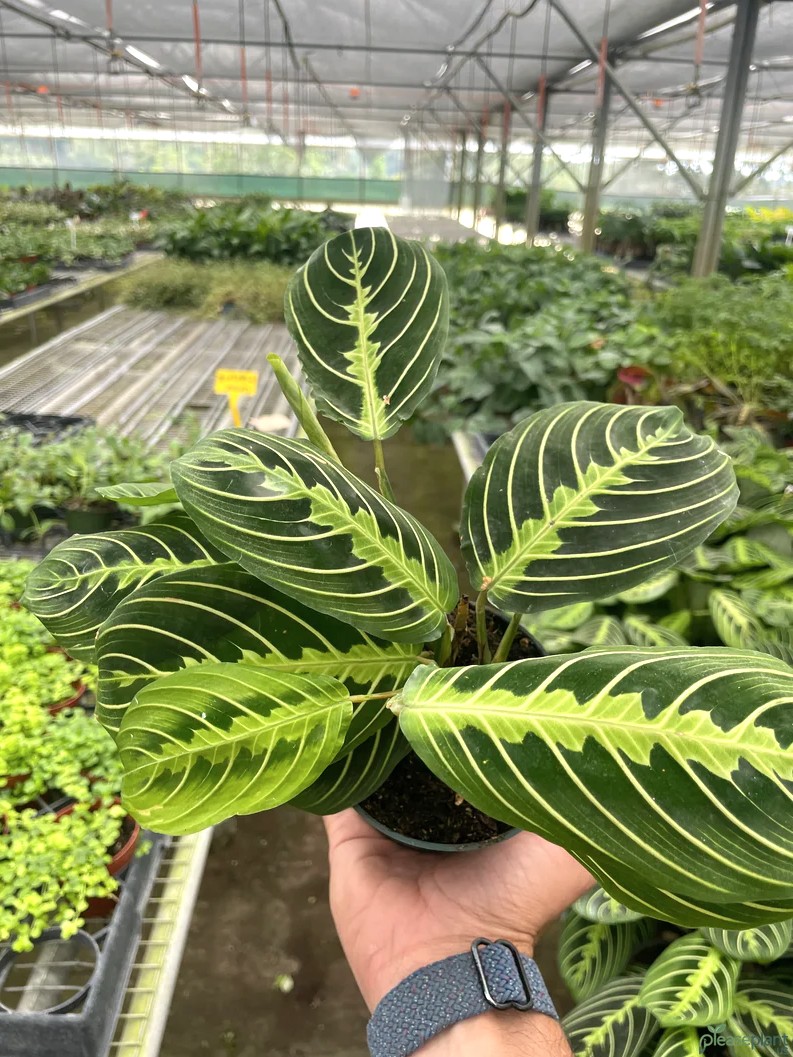
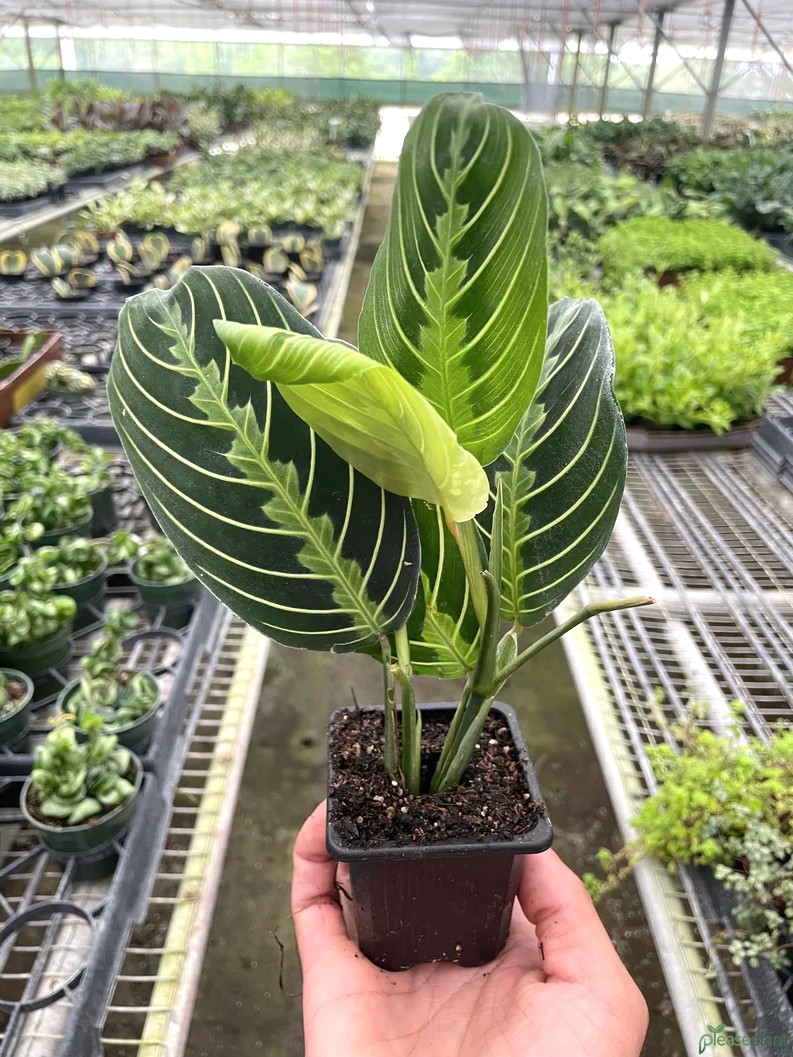
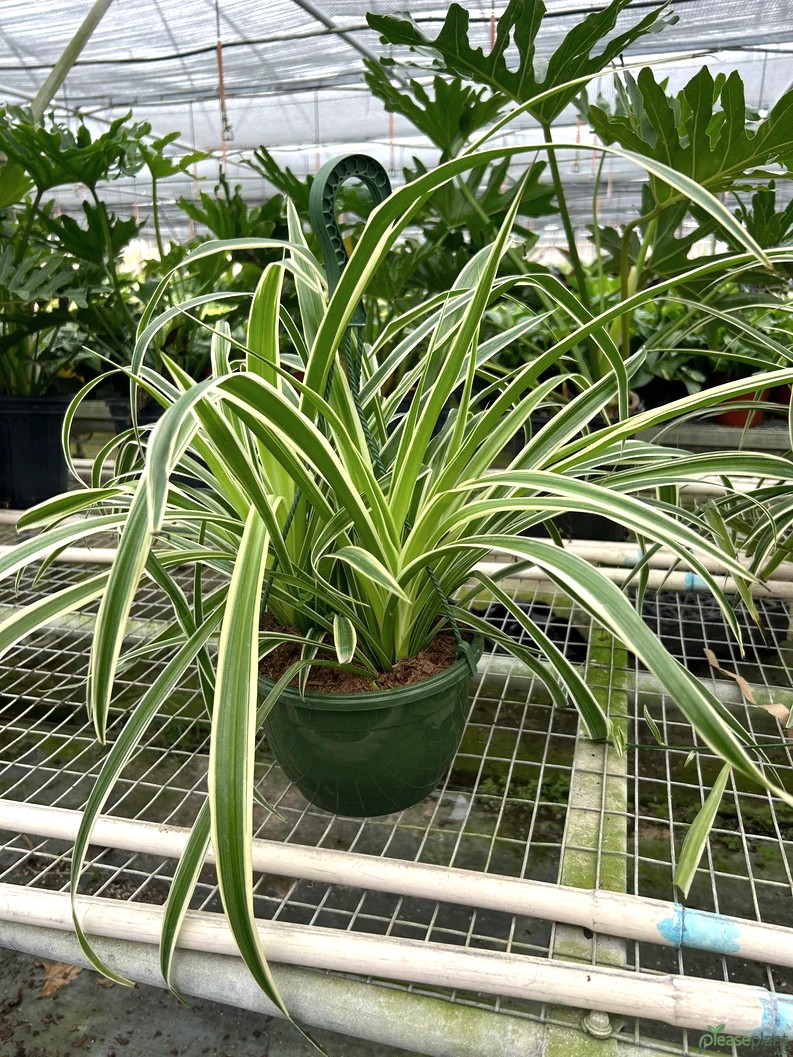
![Repotting a Lemon Lime Maranta / Step-by-Step [Bonus: Is it cat/dog safe?]](/maranta-lemon-lime-5.jpg)
